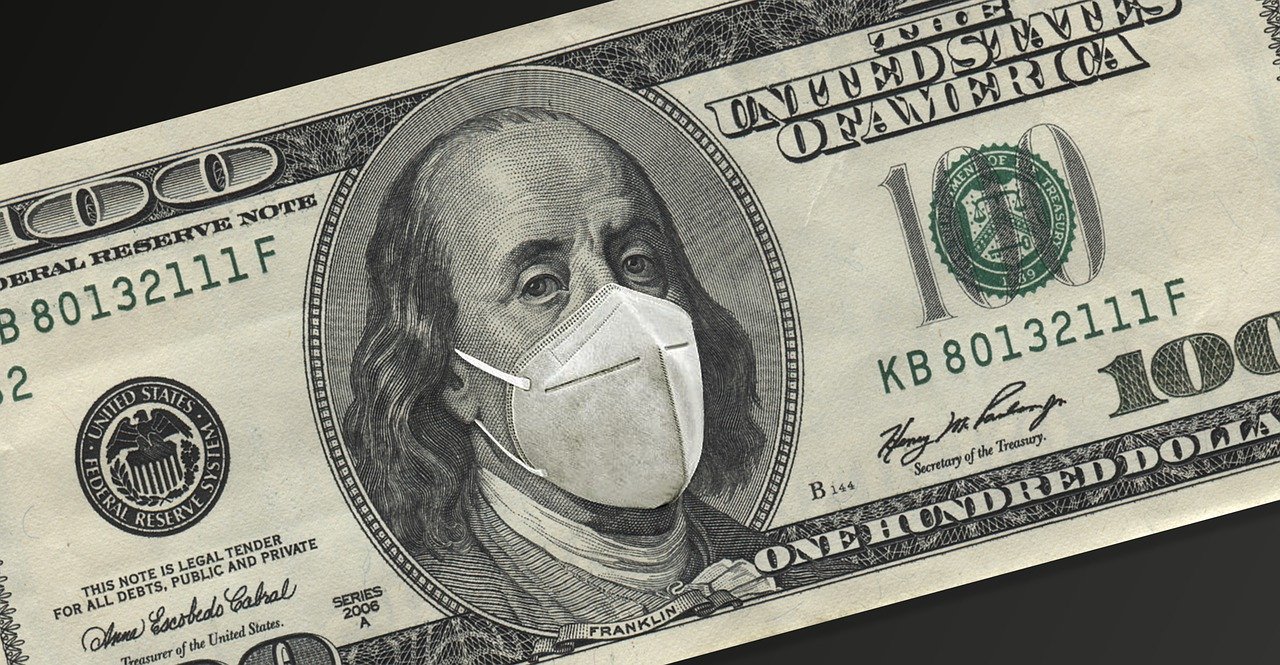

In March 2020, financial markets priced a dire pandemic economic path, with the SPX and 10-year yields falling to their lowest level since 2016 and ever, respectively. Infections have recently picked up, while the now dominant, more contagious and deadlier Delta variant that arrived in the US in March has become front-page news. These contributed to a sharp selloff early this week. In this note, I compare the US’s current exposure to the Delta variant against the early 2020 situation.
There are three key differences. First, vaccines. Currently, 49% of the population has been fully vaccinated, and 56% has received at least one dose. However, strong differences exist across states, with red states usually less vaccinated than blue ones and catching up slowly.
This article is only available to Macro Hive subscribers. Sign-up to receive world-class macro analysis with a daily curated newsletter, podcast, original content from award-winning researchers, cross market strategy, equity insights, trade ideas, crypto flow frameworks, academic paper summaries, explanation and analysis of market-moving events, community investor chat room, and more.
Summary
- The Delta variant will more likely slow than end the US recovery for three reasons:
- The vaccines work and opposition to them is weakening.
- Compared with the last wave, peak infections will come faster but lower this time due to much higher collective immunity, a deadlier and more contagious variant, and an economy close to re-opening.
- The policy response will be more efficient this time, not least because more support from the federal government is unlikely.
Market Implications
- Fade moves down in equity or bonds driven by fears of renewed lockdowns.
Vaccines Work, Opposition to Them Is Weakening
In March 2020, financial markets priced a dire pandemic economic path, with the SPX and 10-year yields falling to their lowest level since 2016 and ever, respectively. Infections have recently picked up, while the now dominant, more contagious and deadlier Delta variant that arrived in the US in March has become front-page news. These contributed to a sharp selloff early this week. In this note, I compare the US’s current exposure to the Delta variant against the early 2020 situation.
There are three key differences. First, vaccines. Currently, 49% of the population has been fully vaccinated, and 56% has received at least one dose. However, strong differences exist across states, with red states usually less vaccinated than blue ones and catching up slowly.
Recently however, Republican officials and conservative media outlets have become more supportive of vaccines: for instance, conservative talk show host Shawn Hannity yesterday stated that ‘it absolutely makes sense for many Americans to get vaccinated’. Hannity previously called the vaccine a hoax.
The reason high-profile vaccine sceptics changed their minds is simple: vaccines work (Chart 1). Transmission is slower in states with higher immunization.
Vaccines also seem to protect against severe infections. In the UK, the second most immunized country in the world after Canada (the US is now seventh, after Spain, Italy, Germany and France), cases are surging, but hospital admission rates are much lower than in previous waves.
Hospital-based US data is more difficult to interpret due to the decentralized and for-profit nature of the US healthcare system. Measures of COVID severity that are independent of healthcare providers’ hospital admissions policies, for instance indicators of mortality are likely more reliable.
I used several data sets and measures of mortality and found only a limited difference between red and blue states. This is inconsistent with vaccines protecting against severe infections. The inconsistency could reflect that we are still in the early stages of a new wave of infections, that time from symptom to death is about two weeks, and that deaths are reported with lags of several weeks and, for some states, several months. The UK experience suggests the difference in mortality between red and blue states will likely widen, unless red states start catching up on immunizations.
The Next US Wave Should Peak Sooner and Lower
The second key difference between now and early 2020 is that collective immunity is much higher. This reflects immunizations and prior infections: strong medical evidence suggests prior infections confer immunity.
I have no background in epidemiology. However, common sense suggests that if the US starts with much higher collective immunity, has a more transmissible and deadlier virus, and has an economy close to being fully re-opened, the forthcoming wave will peak sooner and lower than the last one.
The Policy Response Should Be More Efficient This Time
Blue and red states have followed different strategies in their pandemic response. Blue states tended to rely more on lockdowns and restrictions on businesses, while red states relied more on personal responsibility. Nevertheless, even blue states have been re-opening, as the convergence of the Oxford University stringency indices of blue and red states shows.
Market Consequences
This discussion suggests fading a move down in equities or yields driven by fears of renewed lockdowns.
